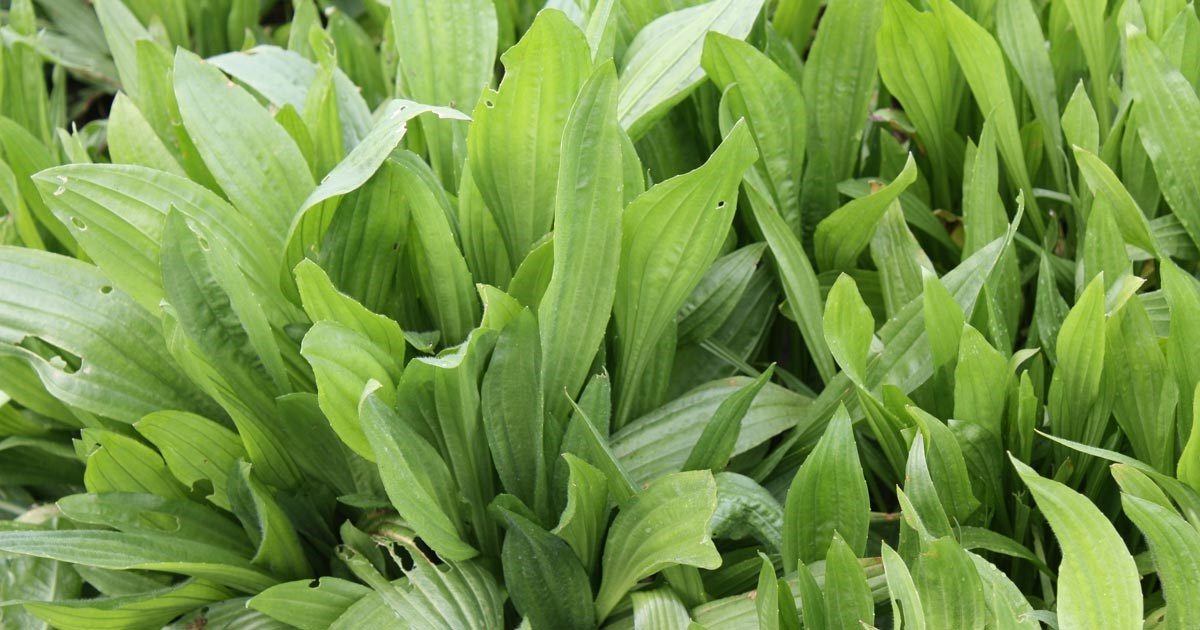By Thomas Mead – 1News
Dairy farmers can improve the quality of their milk by mixing up the type of pasture their cows feed on, according to new research from Lincoln University.
The study found a varied diet could also reduce nitrates in cow urine, helping to prevent runoff into waterways.
Research supervisor Pablo Gregorini described the discovery as a “win, win, win”, which would benefit the environment, the animals, and the farmers.
“[The milk] has a better fatty acid profile, which is healthier – more Omega 3, more poly-unsaturated fats,” he said.
The study, published in the journal Animals, was carried out by former PhD student Cameron Marshall at the Lincoln University research farm.
Scientists looked at a group of ‘environmentally friendly’ cows, which carry a special genetic marker. A previous study has shown that – due to their good genes – these animals excrete as much as 28% fewer nitrates in their urine.
The team fed these animals on plantain, a fibrous herb that carries a high mineral content. The change from traditional rye grass pasture helped to reduce nitrate leaching even further, and researchers found an added benefit: the quality of the milk improved.
“It’s not all about the environment, it’s also about health,” said Pablo Gregorini, who oversaw the study.
“These cows that have a reduced environmental impact from a nitrogen point of view, they produce milk that has a chemical composition that potentially will affect human health in a positive way.”
Farmers could take advantage of this immediately by identifying which cows in their herd carried the genetic marker, he said.
They could then selectively breed from those cows over time to steadily reduce their nitrate leaching and improve milk quality.
“This is not a silver bullet, but for farmers this presents an easy tool, that’s available,” Gregorini added.
“These cows are in our herds, they can use these cows, select for these cows, and produce environmental impact really, really fast, and also produce milk that will have greater value.”
Farm of the future: scientists continue their research
Regardless of their genes, the study found all cows produced better results on plantain.
The improvements, which also involved lower nitrate leaching and improved milk, hint the animals could benefit from an overhaul of their pasture.
Some farmers are already trialling a new approach, like Align Farms near Ashburton. They have planted 15 different plant species for their herd, including plantain, chicory, and clover, as part of a trial across half of their operation.
“To me it just makes just basic common sense that if you give a cow a diverse, interesting diet that can meet their metabolic needs a bit better than just straight rye grass [and] white clover, you will have a better end result,” said Clare Buchanan, Align’s Head of Environment.
“It’s part of our hypothesis, that we will produce higher quality milk.”
While that’s still under trial, the Centre of Excellence at Lincoln University is continuing their research, in the hope of perfecting a model for farmers to follow.
It will see entire paddocks transformed, with scientists planting rows of trees and shrubs at intervals across the university’s development farm. The foliage will line up perfectly – allowing pivot irrigators to pass by – and provide food and shelter for the cows, with woodchip underneath to soak up urine.
:quality(70):focal(-5x-5:5x5)/cloudfront-ap-southeast-2.images.arcpublishing.com/tvnz/QPLMC4ILZNFJHOGLXHR6GWCBWE.jpg)
At the same time, the paddock will be planted out in different strips of feed to target different results. One strip will have nutritional options, like rye grass and plantain, while another will carry a mix designed to reduce nitrate excretion and methane production. Other areas will carry medicinal plants like herbs and flowers.
“Once they enter the paddock they could decide to have a rye grass based diet to begin with and they could move sort of to the second course which is a chicory or a plantain mix,” said Anita Fleming, a postdoctoral researcher who is working on the project.
:quality(70):focal(-5x-5:5x5)/cloudfront-ap-southeast-2.images.arcpublishing.com/tvnz/XEY6XN5QHZCUTLZFHDQKOKBVEU.jpg)
The key is to allow the animals to choose their own nutrients from the smorgasbord.
“When animals are actually able to select the diet that they want, they don’t tend to eat as much protein as what they’re given, so in our traditional rye grass-based systems they tend to be quite high in protein and that leads to high nitrogen loading in the urine patch,” Fleming added.
“We grow and graze perennial rye grass pastures the best in the world – we’re the most efficient at it, we’re so good at it – and this is really just the next opportunity, the next tool that we can use to keep improving our systems and keep taking New Zealand milk production to the top of the world.”
If the model proves successful and is widely adopted, it could radically transform the landscape of many farms in New Zealand.
Showing that with the right strategy, farmers can reduce environmental impact and improve their milk at the same time.
